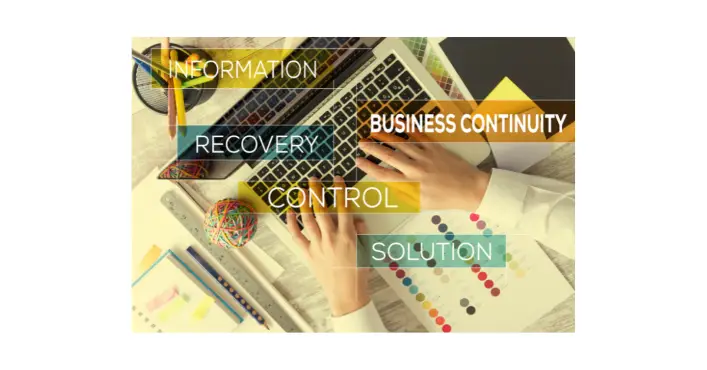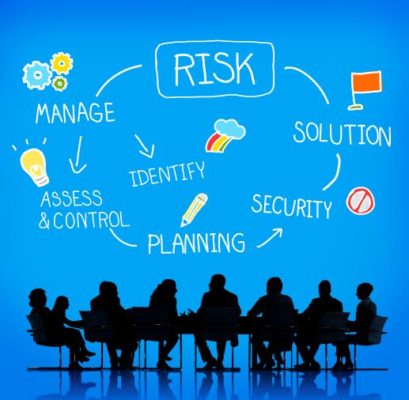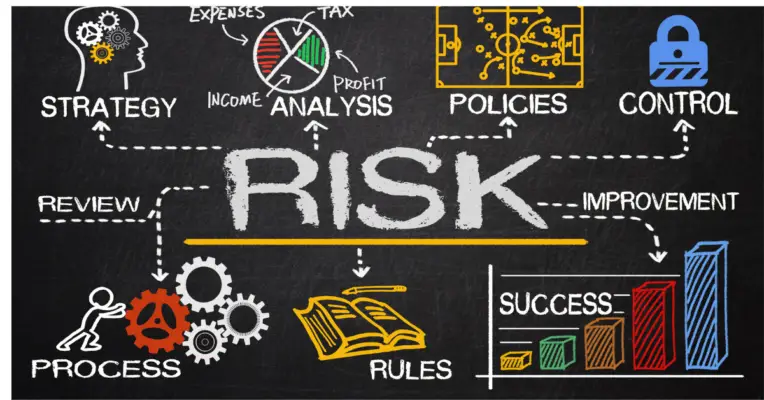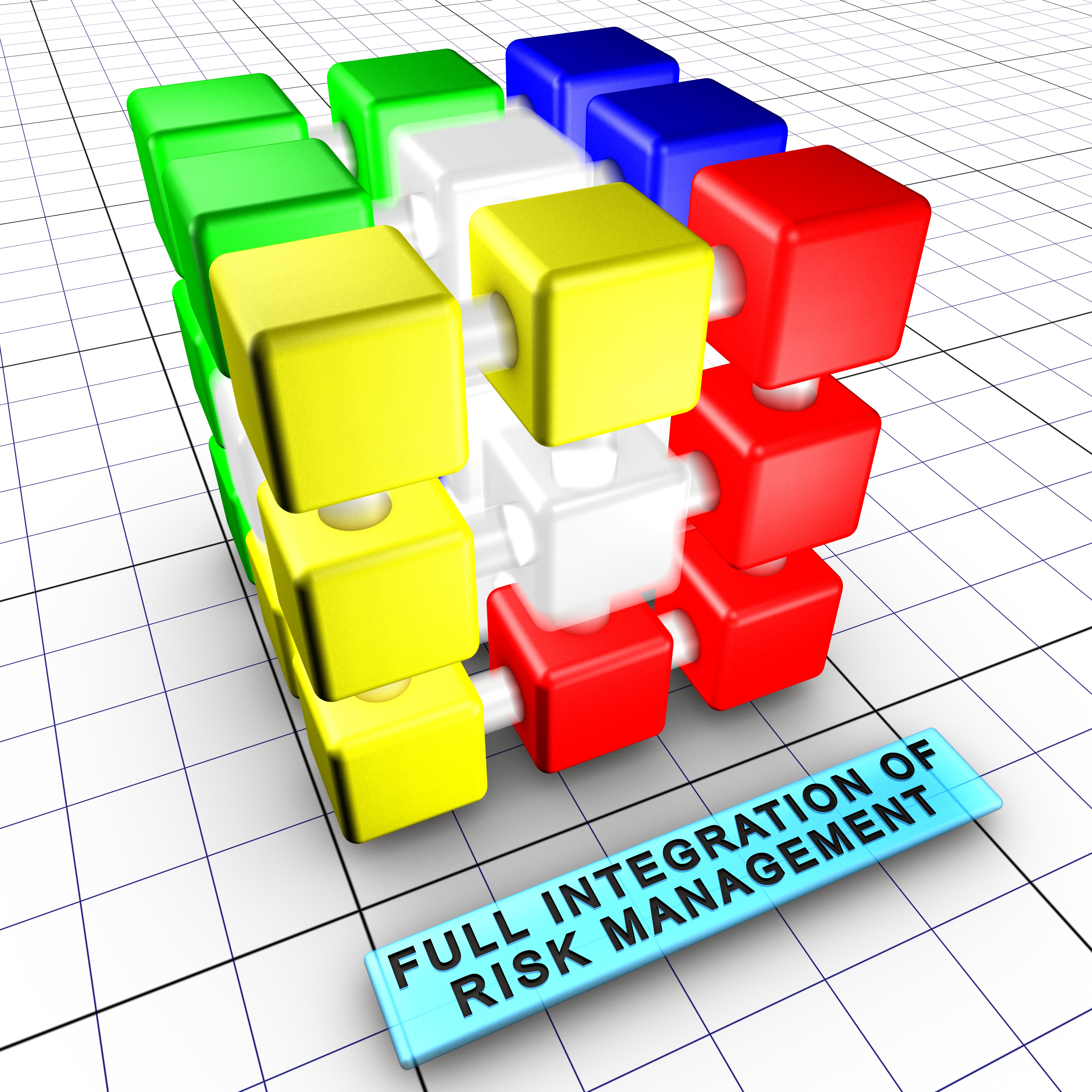The world is full of risks that can hurt an organization. Whether it’s a natural disaster, an employee mistake, or something else entirely, you need to be prepared for the worst-case scenario and have a plan in place to mitigate any damage done.
While there are many different ways to approach risk management, none of them are as effective as an integrated approach. This method has been proven time and again by leading companies around the globe because it provides you with complete control over all aspects of enterprise risk management.
The only way to ensure that your organization will be able to properly manage its risks is through an integrated approach. Many companies do not take a holistic approach to risk management, and this can lead to serious problems.
When you only consider one aspect of your business at a time, it is easy for potential risks to slip through the cracks. For example, if you focus on cyber security without considering physical safety or reputation issues in your company’s supply chain, you could be vulnerable from many different angles. A more comprehensive risk management plan will help protect against these threats and allow your organization to grow stronger over time
By using an integrated approach that considers all aspects of the business simultaneously, you can identify new opportunities for growth while mitigating existing risks early on. This allows you to avoid costly mistakes down the road by learning from past experiences as well as current ones. An integrated risk management plan will also ensure that your company has a strong foundation upon which future success can be built with confidence and peace of mind.
The only way to ensure your organization has a robust and effective risk management strategy is through an integrated approach. Learn how this works and why it’s so critical for success from our guide today!
Integrated Risk Management Strategy
A risk management system involves a strategy that integrates multiple risk management methods and strategies to reduce current or future hazards to a business organization. In the context of risk management, Most companies are not aware of the importance of risk management. They don’t have a clear strategy to reduce risks and protect their business from financial loss
A recent study found that only 10% of organizations have an effective risk management process in place, leaving the other 90% vulnerable to significant losses. The lack of awareness is even more apparent when it comes to cyber security risks which affect nearly every organization (98%).
An Integrated Approach across all areas including IT, finance, operations, and supply chain. By adopting this approach as part of your company’s overall strategic planning process, an organization will be able to better manage operational costs while reducing the potential for catastrophic financial loss due to unforeseen events or circumstances.
Integrated risk management strategy will create enabling technologies for enterprise risk management processes supported. Enterprise risk management risk identification solutions to business processes will enable strategic business objectives which an organization manages. Managing risk through an integrated risk management irm will outline governance objectives.

Integrated Risk Management Framework
How do I create a taxonomy for my organization? Taxonomic structures protect information integrity so that management can compare risk and reward despite changes in various areas. Integrate risk activities into strategic objectives Using taxonomy an organization can see the advantages of eliminating redundant work in assessments, controls, and tests while simultaneously reducing risk also in project risk management.
IRM needs to shift from siloing to systemic thinking. It allows a coordinated and integrated organization risk management process to meet the performance goals and objectives of all stakeholder groups. Improving an organizations organization’s Risk Management process. A company needs to implement an integrated risk management framework.
Integrated Risk Management strategy offers a strategic approach to managing risks across an organization. The integrated risk management program helps companies identify and address potential problems before they arise so that organizations can avoid significant losses in any one asset or event, while still achieving business goals. A risk aware culture where everyone feels comfortable sharing any information without fear or hesitation empowers teams with critical insights into what really matters at every level throughout your company’s operation.
Risk management technology providers offer a number of integrated risk management solutions. Risk management solutions available in the market take care of the operational risk. This ensures all risk management processes and risk management activities are in place for an efficient operation that can better withstand natural disasters or other unforeseen circumstances without affecting solvency!
Organizational Risk Management Processes
Organizational risk management processes are aimed to mitigate the risk exposure of an organization. Risk mitigation involves identifying vulnerabilities, implementing an effective process for managing those potential problems, and ensuring they do not pose any threat or danger in order to protect against financial implications such as losses caused by accidents with negative consequences on business continuity plans.
Integrated risk management strategies for enabling risk management technologies. Risk assessment is done by risk and compliance functions
Integrated Risk Management Approaches
There is no single “integrated risk management approach” or fully integrated platform that will work for everyone. However, here are some key principles to keep in mind:
- The integrated risk management approach should be tailored to the specific organization and its risks.
- The approach should include risk assessment, mitigation, and response plans.
- Risk assessment should be ongoing and include both quantitative and qualitative analysis.
- Mitigation strategies should be proportionate to the risks identified in the assessment process.
- Response plans should be developed for all types of emergencies, including natural disasters, accidents, cyber attacks, and terrorism.
- Training and exercises are essential to ensure that everyone knows what their role is in a crisis situation.
- Communication is key during an emergency, and everyone must know who to contact with questions or concerns.
- The risk management process should be reviewed and updated regularly to ensure it remains effective.
The integrated risk management approach should be tailored to the specific organization and its risks
The first step in any risk management approach is to understand and assess potential risks that need to be managed. This includes understanding the possible risks, their likelihood of occurrence, and the potential impacts they could have on the organization. Risk managers can choose various software that can integrate organizational information including financial, contracts, employees, and facilities.
Once the risks have been identified, a plan can be put in place to manage them according to the risk appetite of the organization and its internal control framework. This might include specific steps that need to be taken to reduce or avoid the risk, or procedures that need to be followed in case of an incident.
It’s important to regularly review and update the risk management plan as new risks are identified or as circumstances change. The plan should also be tailored specifically to your business, so it’s effective in managing your specific risks.

The approach should include risk assessment, mitigation, and response plans.
Risk assessment should identify potential hazards and assess the risks associated with each. The holistic risk management solution integrates risk activities to help organizations identify, assess, and manage their risks more effectively. This offers a holistic view of risks from a compliance function to an operational risk function increasing performance improvement and risk visibility. In project management this offers increased achievement of project goals.
Mitigation strategies should be put in place to reduce or eliminate the risks identified in the risk assessment. Most businesses only focus on risk assessment and not on risk mitigation. By not implementing risk mitigation strategies, organizations are putting their business at risk. The only integrated risk management approach is to have a Risk Assessment and Mitigation Plan in place.
Prevention strategies should be used to prevent incidents from occurring in the first place. It is impossible to eliminate all the risks that may affect your business, but it’s possible to reduce them. You can do this by using an integrated approach. This means looking at how many different types of risk could potentially impact your organization and then taking steps to prevent those risks from occurring or becoming more serious if they do occur.
IRMS helps organizations identify their internal and external vulnerabilities, manage potential threats before they become problems, monitor performance over time so that issues can be identified early on, and measure results in order to improve effectiveness over time. Using IRMS allows businesses like yours to stay ahead of any potential problem areas as well as ensure compliance with industry regulations such as HIPAA/HITECH Act requirements for healthcare providers.
Risk assessment should be ongoing and include both quantitative and qualitative analysis.
Risk management is critical for any business, but it can be difficult to do correctly. Most businesses rely on ad-hoc methods or a single software tool, which often leads to incomplete or inaccurate data. integrated risk management approach uses both quantitative and qualitative analysis to give you a complete view of your risk landscape. This allows you to make better decisions and protect your business from potential threats.
Mitigation strategies should be proportionate to the risks identified in the assessment process.
Mitigation strategies should be proportionate to the risks identified in the assessment process. That’s why it’s important to have a risk management plan in place. There are integrated risk management solutions that are tailored to the specific needs of an organization. They might offer regulatory compliance, third-party risk management, and risk ownership assessment services that will help an organization identify and mitigate the risks it faces.
Organizations need to have some sort of an action plan for mitigating these types of risks before they begin working with any outside partners or suppliers. A good mitigation strategy will include things like risk monitoring, regulatory compliance checklists, and risk communication plans.
Response plans should be developed for all types of emergencies, including natural disasters, accidents, cyber attacks, and terrorism.
No one can predict when a crisis will happen, but if you’re not prepared, the consequences can be disastrous.
Disasters and crises can come in all shapes and sizes- from hurricanes and floods to data breaches and cyber-attacks. The important thing is to have a plan in place so that you can minimize the damage and get back to business as quickly as possible.
An integrated risk management platform is the key to effective crisis preparation and response. This fully integrated system will allow you to manage all potential risks, from natural disasters to terrorist threats, in one place. With this system in place, you’ll be able to respond quickly and effectively to any emergency situation through a business continuity management program.
Training and exercises are essential to ensure that everyone knows what their role is in a crisis situation.
Many companies only train their employees on how to respond to certain types of crises. What if the crisis is something that wasn’t covered in the training?
An Integrated Risk Management solution provides a training plan that covers all possible risks. Employees are trained on how to identify, assess, and respond to any type of risk. This allows businesses to continue operations even in the face of a crisis.
Communication is key during an emergency, and everyone must know who to contact with questions or concerns.
Integrated Risk Management has created a suite of products that ensure your organization’s communication plan stays up-to-date with current information and contacts in case of an emergency. We provide training videos as well as templates for employee handbooks so that employees are prepared if there ever is a situation where they need help from management or HR teams during an emergency. Our software also allows managers to easily update contact lists in real-time so everyone knows who they should turn to when something goes wrong.
Integrated Risk Management is the single point of contact that empowers your entire team with information and resources so they can respond quickly and efficiently in any situation. Our solutions are easy-to-use, cost-effective, and scalable so you can choose the best approach for your unique needs. Contact us today to learn more about how we help organizations around the world protect their people, property, reputation, and bottom line from risk-related incidents.

The risk management process should be reviewed and updated regularly to ensure it remains effective.
The risk management process is a critical component of any organization’s business continuity planning, but many organizations fail to review or update their processes on a regular basis.
An integrated approach is essential for the successful implementation of an effective risk management program. This ensures that all appropriate aspects are considered and managed in one place, making it easy to identify risks across the entire enterprise, assess their impact, and determine how best to address them.
Conclusion
The integrated risk management approach you take should be tailored to your needs and risks, but there are a few key principles to keep in mind. First, the assessment process has two parts – quantitative analysis and qualitative analysis. Second, mitigation strategies need to be proportionate with the identified risks from the assessment process. Finally, an ongoing risk assessment is necessary for keeping up-to-date on new threats that may have been omitted during initial assessments or when vulnerabilities get exploited successfully. If you’re looking for help getting started with any of these processes or would like more information about how we can assist your organization’s efforts in this area please contact us.

Chris Ekai is a Risk Management expert with over 10 years of experience in the field. He has a Master’s(MSc) degree in Risk Management from University of Portsmouth and is a CPA and Finance professional. He currently works as a Content Manager at Risk Publishing, writing about Enterprise Risk Management, Business Continuity Management and Project Management.

